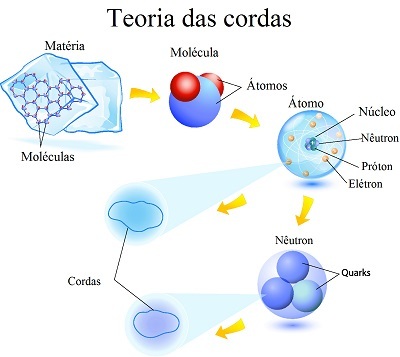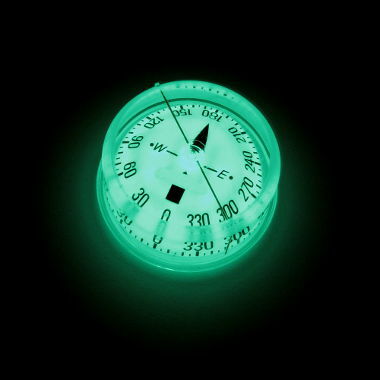The experiments carried out by Young were carried out outdoors, so the wavelengths correspond to the light propagating in this medium. We know that the speed of light in air is equal to 3.0 x 108 m/s, so we can use the equation that relates frequency, length and velocity of a wave which is:
f=v/λ
Through this equation we can calculate the frequency of each color, for example, the frequencies of red and violet, which are, respectively: 4.6 x 1014 hertz 6.7 x 1014 hertz. As frequency and wavelength are inversely proportional quantities, it is evident that the violet color that has the highest frequency has the shortest wavelength in relation to the red color which has the lowest frequency and therefore the longest wave.
Experience proves that the color of a monochromatic light beam does not change when it passes from one transparent medium to another. What happens is that when the light beam passes from one medium to another, both the wavelength and the speed has its values changed, but the frequency does not change and therefore always remains at same. It is for this reason that it is recommended that a beam of light be characterized by its frequency and not by its wavelength or speed at which it propagates.
Light is a wave motion that has very high frequencies (about 1014 hertz) and each color that makes up white light has a different frequency.
By the time Young carried out the experiment, which demonstrated almost definitively that light is a wave motion, it remained to discover the nature of light. Years later, Scottish physicist James Clerk Maxwell was able to show that light is a wave of an electromagnetic nature, that is, the same nature as X-rays, radio waves, etc.
Do not stop now... There's more after the advertising ;)
By Marco Aurélio da Silva
Brazil School Team
Optics - Physics - Brazil School
Would you like to reference this text in a school or academic work? Look:
SANTOS, Marco Aurélio da Silva. "The Color and Frequency of Light"; Brazil School. Available in: https://brasilescola.uol.com.br/fisica/a-cor-frequencia-luz.htm. Accessed on June 27, 2021.



